Google released an artificial intelligence model called "super brain" in history, PaLM-E (Parameter-Efficient Language Model with Explicit Memory), which can learn more accurate and intelligent language processing ability from massive language data. The appearance of Palm-E means that robots can become more versatile and more conducive to the application of various industries.
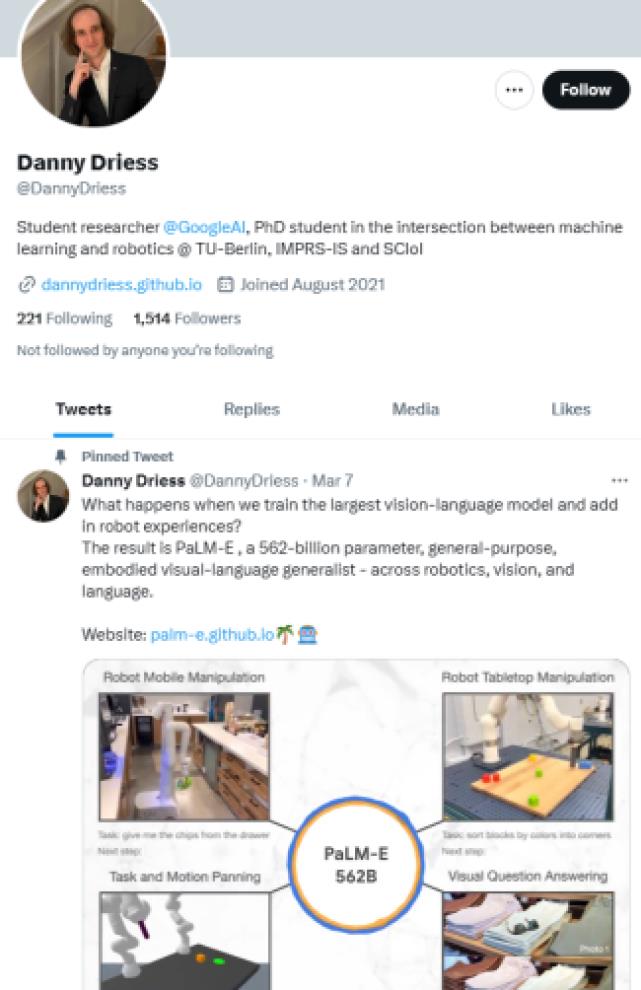
As a multi-modal visual language model, PaLM-E can integrate vision and language into robot control, and can perform various tasks without retraining. PaLM-E adopts the combination of PaLM-540B language model and ViT-22B visual Transformer model, and the final parameter amount is as high as 562 billion, which is larger than that of GPT-3 (175 billion). It is one of the largest VLM developed by human beings so far. In the design, PaLM-E considers some key factors neglected by previous models, such as time series module, layer normalization and memory attention mechanism.
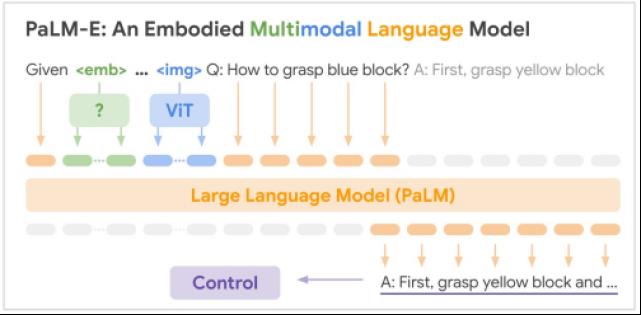
According to Google, when a high-level command is given, such as "Give me the potato chips in the drawer", the PaLM-E model can guide the robot to take the potato chips bag from the kitchen, and by integrating PaLM-E into the control loop, it can resist the possible interruption during the mission. In a video example, researchers grab potato chips from robots and move them, but robots find potato chips and grab them again.
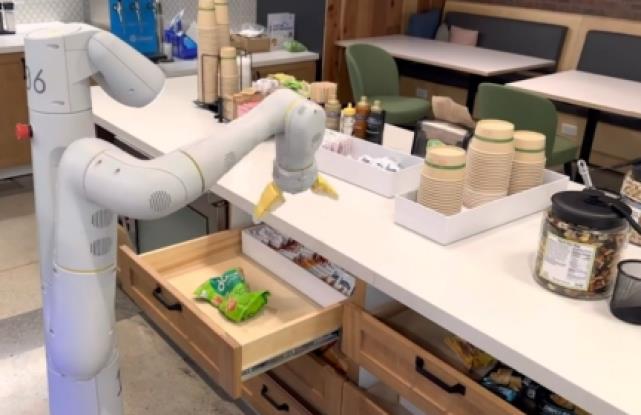
Through the training of a single image prompt, PaLM-E has shown unprecedented flexibility and adaptability, and achieved a major leap in the field of human-computer interaction. It can not only guide the robot to complete various complex tasks, but also generate a language to describe images, which makes it a very useful tool. In addition, another significant advantage of PaLM-E lies in its excellent forward transmission ability. PaLM-E has outstanding training performance in different fields. Compared with the single-task robot model, the performance of PaLM-E is obviously improved.

With the emergence of the latest artificial intelligence model PaLM-E and the recovery of digital advertising business, Google’s profit momentum is expected to rebound. Once the adversity disappears, Google will achieve long-term stable growth and bring about a significant recovery. Therefore, Google shares will also benefit from this trend.
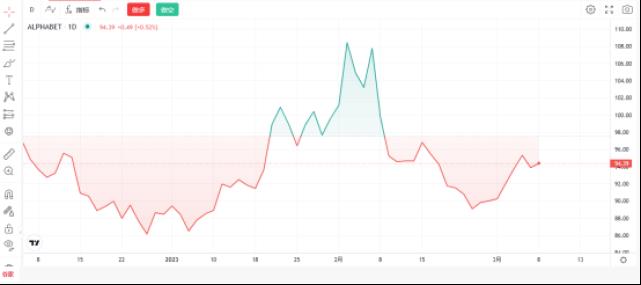
The launch of PaLM-E further shows that Google values and explores the field of artificial intelligence. In the field of robotics, Google has deepened the robot’s understanding of human language and voice through efficient machine learning technology, and effectively improved the all-round cognition of robot intelligence. At the same time, the application of robots in production, medical care, logistics and other fields is also expanding, showing the potential and practical value of artificial intelligence in people’s production and life.
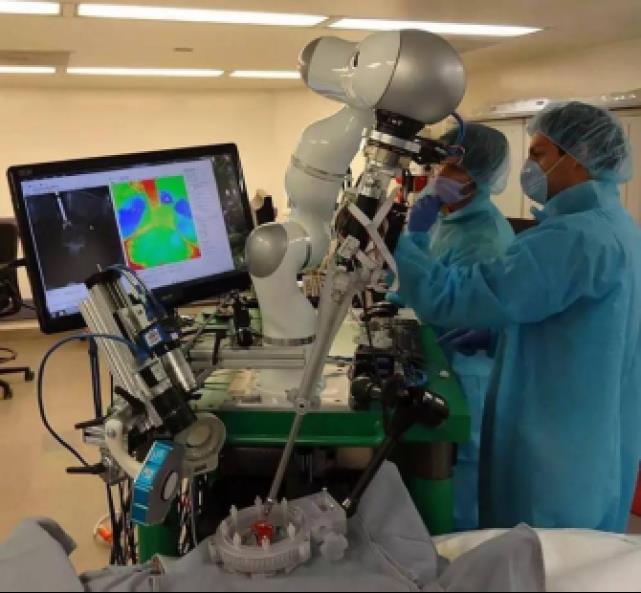
In the future, the further development of the artificial intelligence model PaLM-E will bring more imagination and application scenarios to the robot industry, make the robot a real generalist, and provide more convenience and help for our daily production and life.
